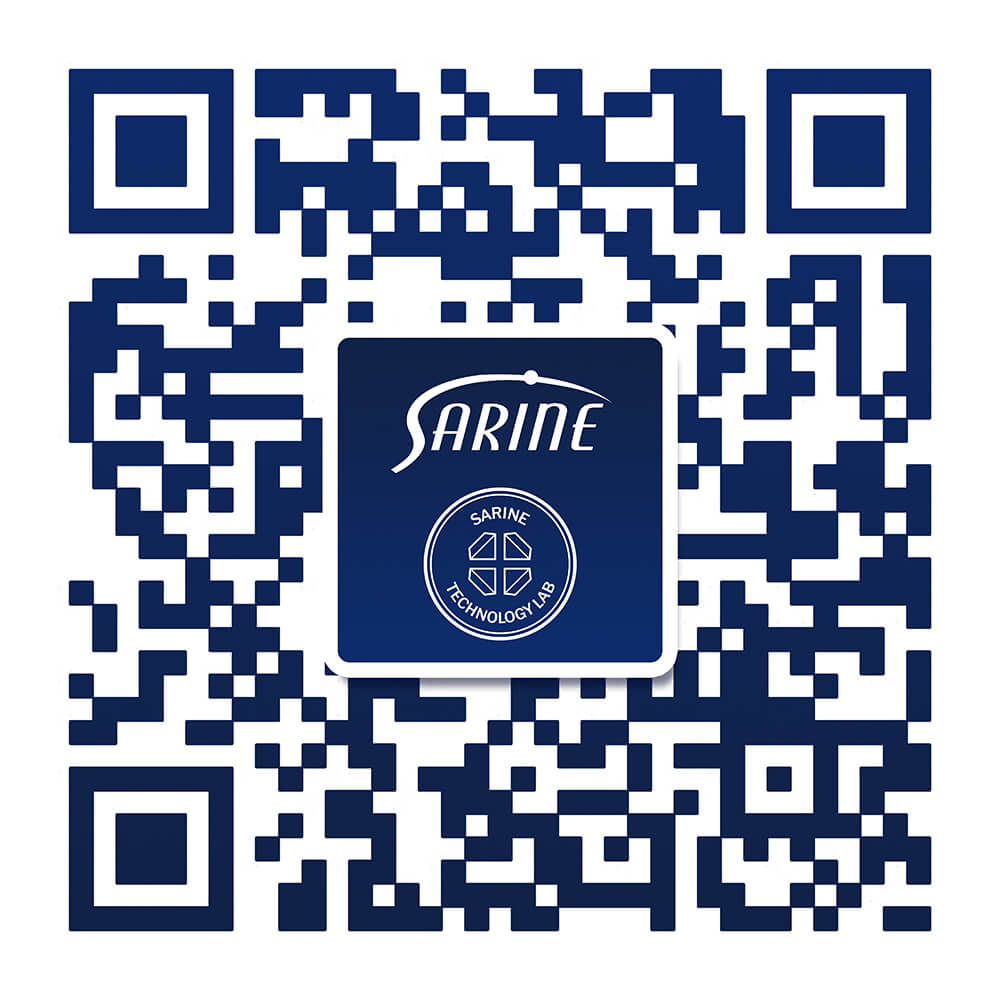The diamond grading report has been in use since the 1950s, when the 4Cs concept was first introduced. Today, diamond reports are a common accompaniment to any diamond sale. The grading report, issued by a gem lab, is regarded by consumers as a kind of “ID card” for the diamond. Diamond grading reports give consumers standardized information to help them understand the diamond’s rarity and value, and to ease the purchase decision.
For diamond sellers, diamond grading reports are a vital tool to communicate a diamond’s features and advantages to customers. They can also help explain to customers the differences between diamonds, which may be difficult to discern by visual examination alone - even with a loupe.
Trust: The Key Element in a Diamond Grading Report
Diamond grading reports generally contain information about the diamond 4Cs, dimensions, ID number, and may also include light performance information and other data. Although some gem labs are more highly regarded than others, a diamond grading report goes a long way to facilitating the purchase process.
That’s because diamond grading reports are much more than just a collection of information. The most important component of any diamond grading report is trust.
Diamonds are a high-ticket, luxury item. Most people only buy a diamond once or twice in their lives. Diamonds have powerful associations with some of the deepest human emotions: love, commitment and eternity. Buying a diamond is a costly endeavor - both financially and emotionally. The stakes are high, and the one thing every retailer needs to close the sale is the customer’s trust.
A good diamond grading report from a reputable diamond lab will help build that trust. Diamond grading reports that are based on professional gemological expertise and advanced grading technologies, delivered by a lab with a proven track record of grading excellence, are crucial in today’s challenging market.
Diamond Grading Reports are Advancing
Like all industries, the diamond industry must adapt to changing consumer habits and demographics in order to thrive.
In keeping with changing times, diamond reports are changing too. Here are three things you’ve probably never seen before in a diamond grading report, but - rest assured - you will be seeing them much more in the future.
1. Automated diamond clarity
When the 4Cs were first invented, grading processes were handled manually by gemologists. In the 1990s, Cut grading was first automated and computerized, and it led to nothing short of a revolution in the way diamonds receive their Cut grade. The levels of accuracy achieved had never been seen before. Today, Cut grading is conducted with the use of technologies that are advancing all the time, reaching ever higher levels of precision that could never be achieved by human skill alone.
The same revolution is set to occur with Clarity grading. A diamond’s Clarity is far more complex to measure and grade than Cut. Clarity is affected by the size and position of inclusions and flaws in the diamond. Therefore, there are infinite ways that a diamond’s Clarity can be expressed, even within the same grade. This is why Clarity grading has traditionally been carried out by a gemologist who visually examines the diamond and makes a manual Clarity grading decision based on the diamond’s appearance. Under these circumstances, maintaining precise consistency in Clarity grading across thousands or millions of diamonds is extremely difficult.
Now, with the recent development of advanced automated Clarity grading technology, Clarity grading can be carried out by artificial intelligence, based on machine learning algorithms that are perfected over time. AI-based clarity grading has been shown to outperform manual grading processes both in terms of accuracy and consistency. Featured in a diamond grading report, automated Clarity grading takes the 4Cs to levels beyond traditional grading.
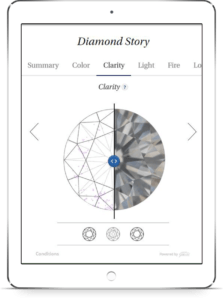 Clarity grading in the Sarine Profile ™ diamond grading report
Clarity grading in the Sarine Profile ™ diamond grading report
2. Retailer Branding
Diamond grading reports have long been the singular domain of professional gemological labs. For diamond retailers, the reports that come with their diamonds are in fact representing the branding of the gem lab, not their own. Standard diamond reports place the gem lab at the center, rather than allowing the retailer to use the report as a tool to advance their own brand identity.
In today’s retail diamond market, branding is crucial. In order to differentiate themselves in a crowded market, retailers are developing unique brands for their diamond collections. Unlike traditional diamond reports, Sarine Profile™ reports are fully customizable to the retailer’s brand. The report incorporates the colors and style of the diamond brand, not the diamond lab.
Rather than just focusing on the lab and the technicalities of the 4Cs, there is finally a diamond grading report that puts the diamond, the retailer, and the brand at the center.
 Branded diamond grading reports - the new trend
Branded diamond grading reports - the new trend
3. Diamond Journey
One of the hottest trends in the diamond industry today is diamond traceability and provenance. Consumers are demanding to know for certain where their diamonds come from; they want assurance that the diamonds were mined ethically, that their natural diamond is indeed natural and not lab grown. The new style of diamond report presents the entire ‘journey’ the diamond has taken from rough, mined stone to polished diamond in the jewelry store.
In order to provide this information, and to be able to verify it, diamond manufacturers must have access to the diamond’s true history, with reliable tracing along the entire way.
This is extremely difficult information to access reliably. It requires constant contact with the diamond throughout the entire planning and polishing process, with the diamond ID verified at each stage. Few companies in the world can deliver this complex set of information. Sarine’s technologies are involved in the entire diamond pipeline, and each diamond scanned by any Sarine device is given a unique ID inscription that is fully traceable within Sarine's data system. This is the basis for the Diamond Journey™, which is becoming a high demand feature in diamond grading reports at the Sarine Technology Lab.
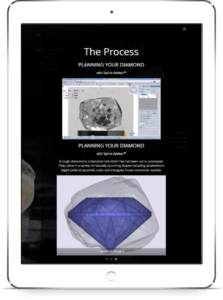 Example of a Diamond Journey ™ digital report
Example of a Diamond Journey ™ digital report
Just like GPS has replaced printed maps, diamond reports are also advancing in step with our technology-driven age. Once a printed certificate, today’s diamond reports are available in digital format. But it’s not just the delivery format that has changed. As the market has become more challenging, and consumers are becoming more tech savvy and information loaded, diamond reports are not what they used to be. New developments are emerging that are taking the concept of diamond reports to entirely new levels. Combined with the crucial element of trust, this creates a paradigm shift in the way that diamonds are bought and sold - today, and in the future.

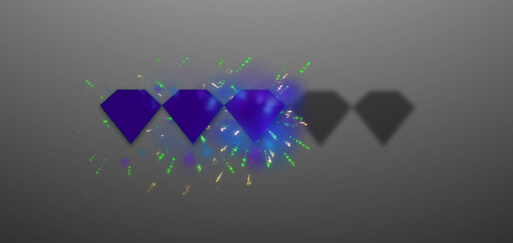


-1.jpg?width=310&name=blog_image%20(003)-1.jpg)



